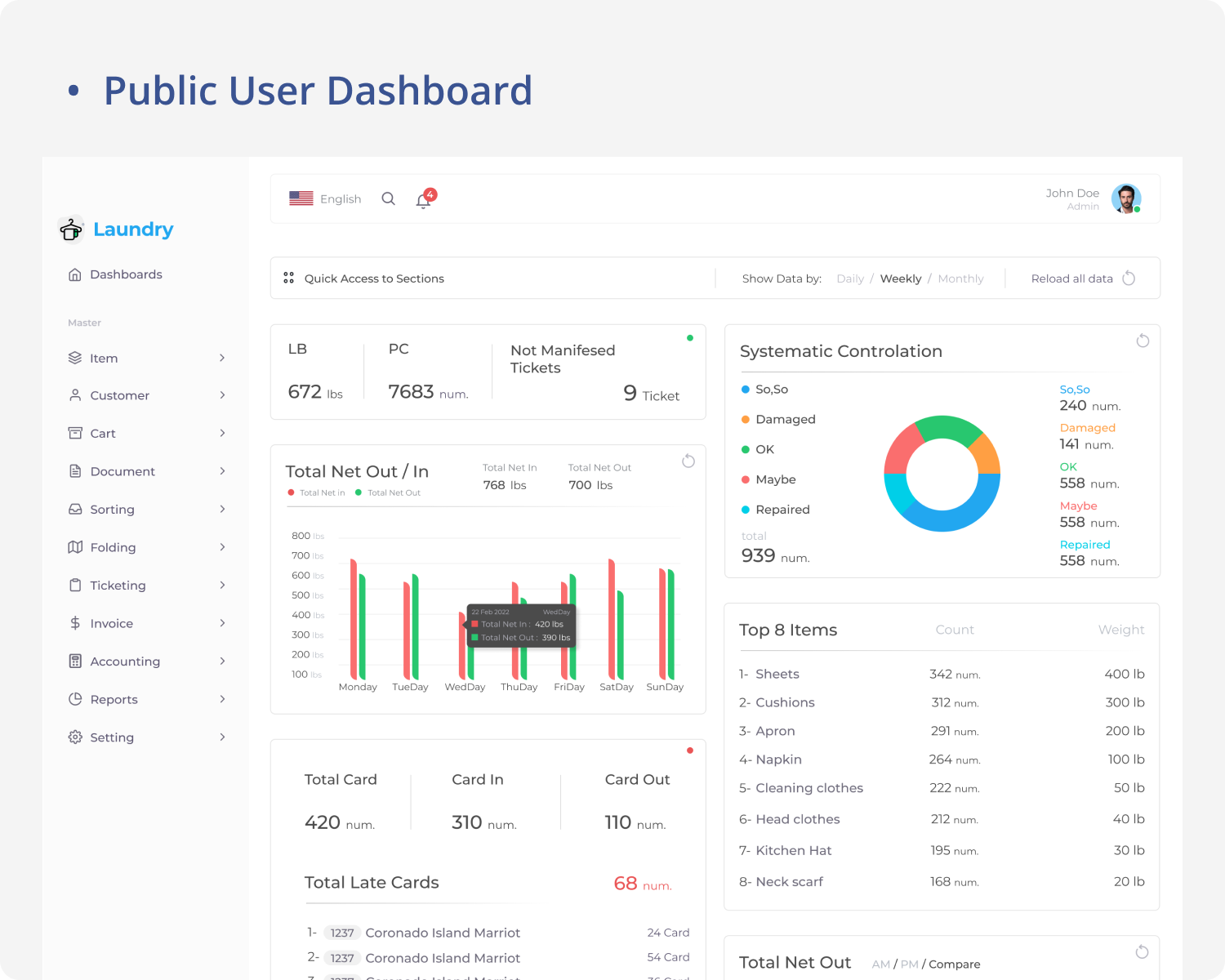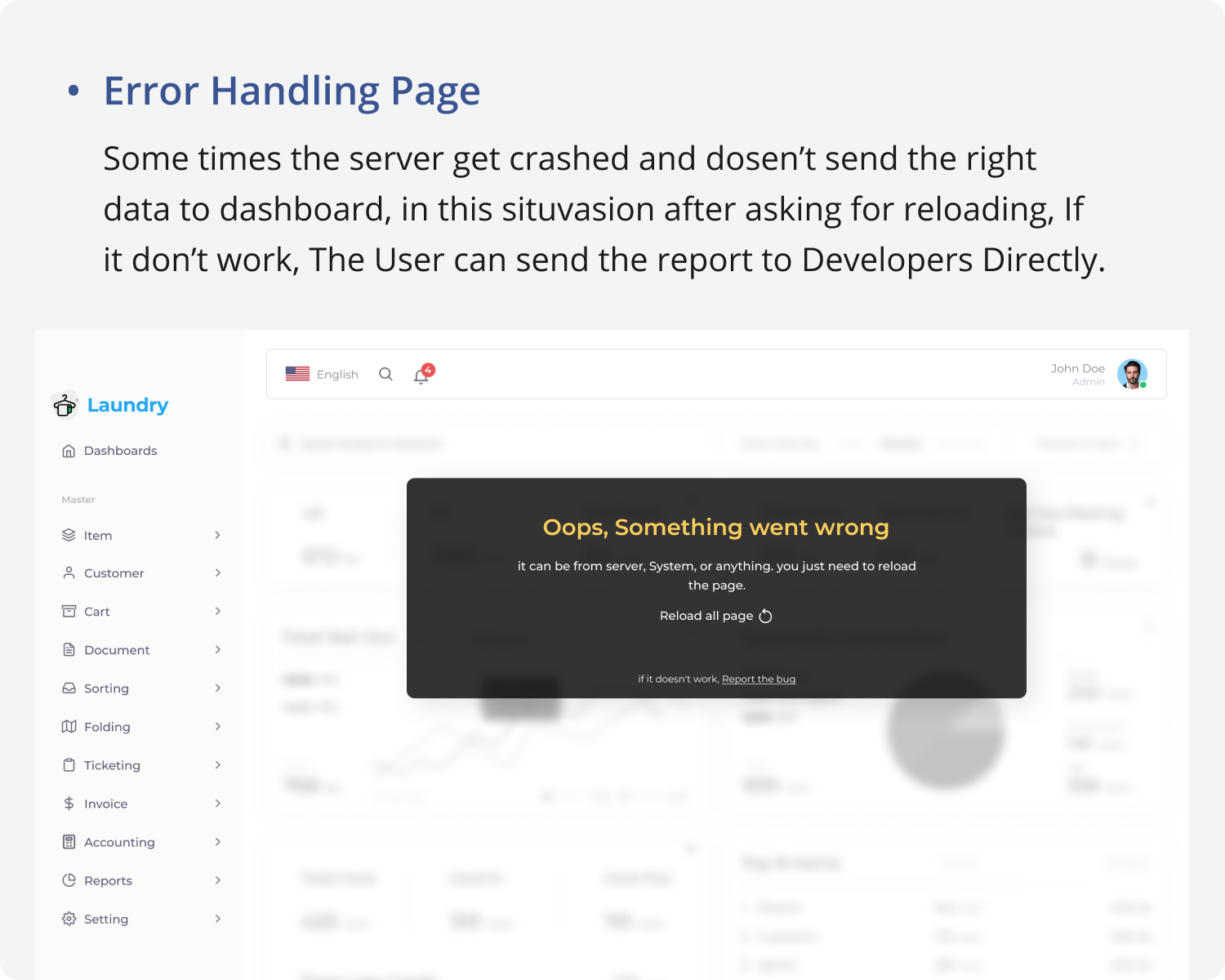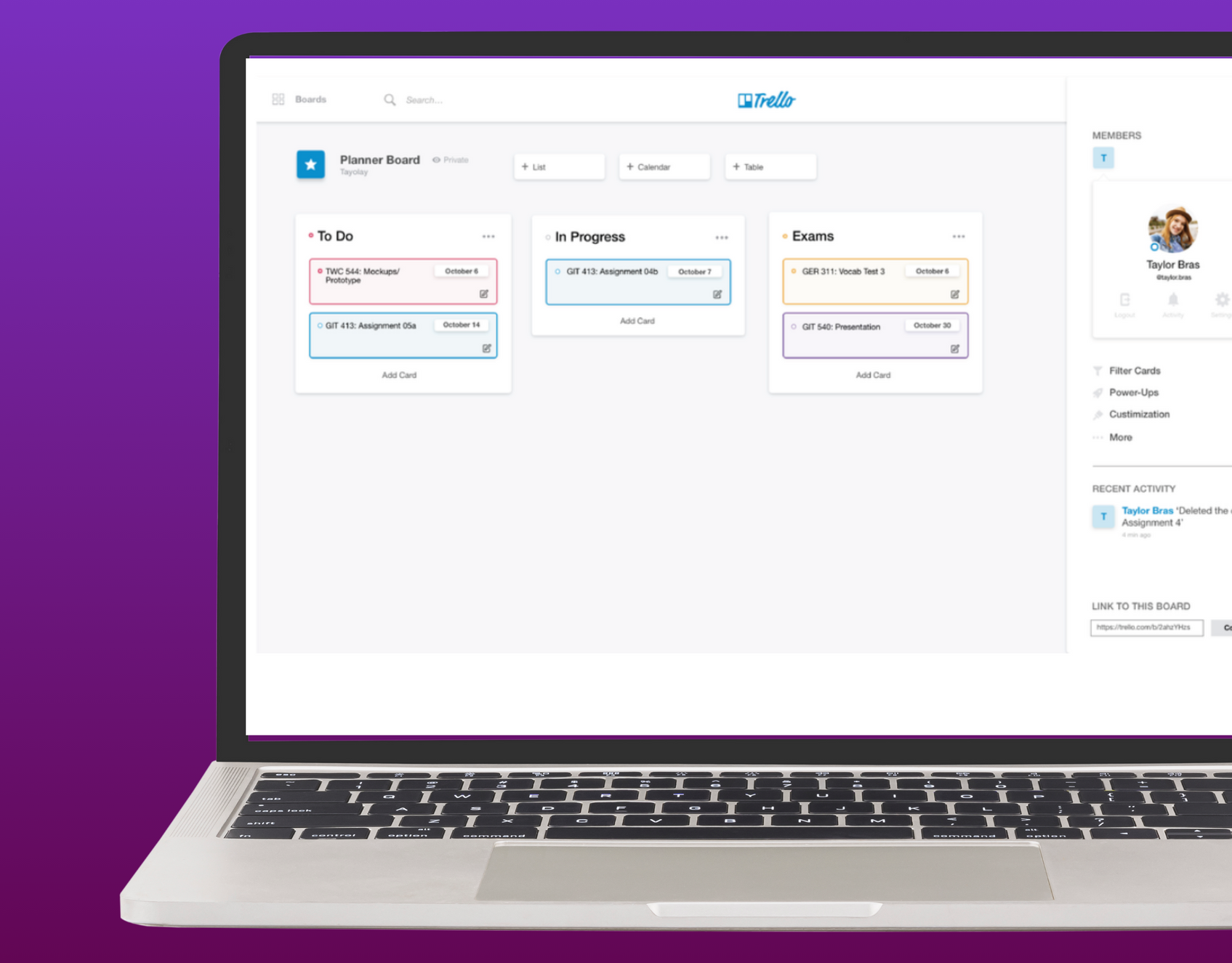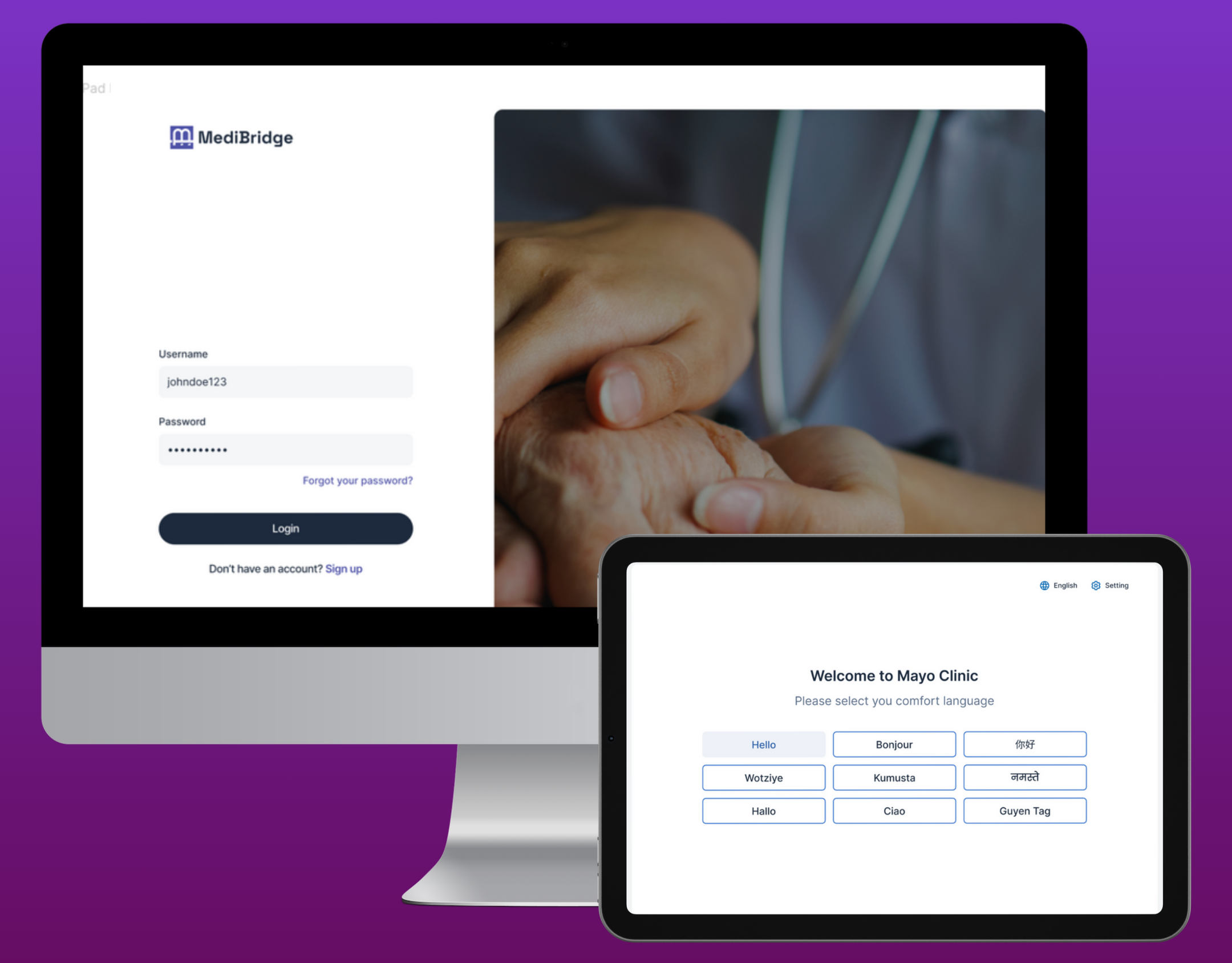PROJECT SUMMARY
Develop a comprehensive software solution that caters to the needs of both specialists and managers within organization by investigating their specific requirements and workflows. The primary focus is to design a dashboard that efficiently displays and manages data for various levels of work and clients, offering an intuitive overview of the system to enhance productivity and decision-making
PROBLEM STATEMENT
The current dashboard lacks an effective representation of critical data, such as basket analysis including weight, comprehensive views of manifesting tickets, and various essential system metrics. Users require an enhanced dashboard that prioritizes showcasing vital information, including damaged card counts in all-hand data, and facilitates comparative analysis, specifically regarding net Out/In figures across multiple sections. Improvements are needed to provide a clearer, comprehensive view of the system for informed decision-making and efficient monitoring of essential metrics
STAKEHOLDERS
The users of this system encompass both managerial staff overseeing operations and all factory and workshop employees engaged in handling thousands of laundry sheets and garments, including those responsible for managing cards and tickets. The system must cater to the needs of these diverse user groups, ensuring seamless management of laundry items, effective card and ticket handling, and providing relevant insights for managerial decision-making.


SOLUTION
The proposed solution involves a comprehensive approach based on thorough analysis and data collection, including assessing current interface structures, gathering usage data, and conducting a competitive analysis from various industry examples. Through collaboration with developers and engaging users, a list of crucial system indicators has been identified for optimal visibility and accessibility in the interface. The design process entails wireframing to establish an intuitive layout that offers a concise overview of system status. Additionally, the solution incorporates a proactive element by implementing effective error handling, utilizing informative toasts to alert users in case of data retrieval issues, ensuring a seamless user experience even during system downtimes.
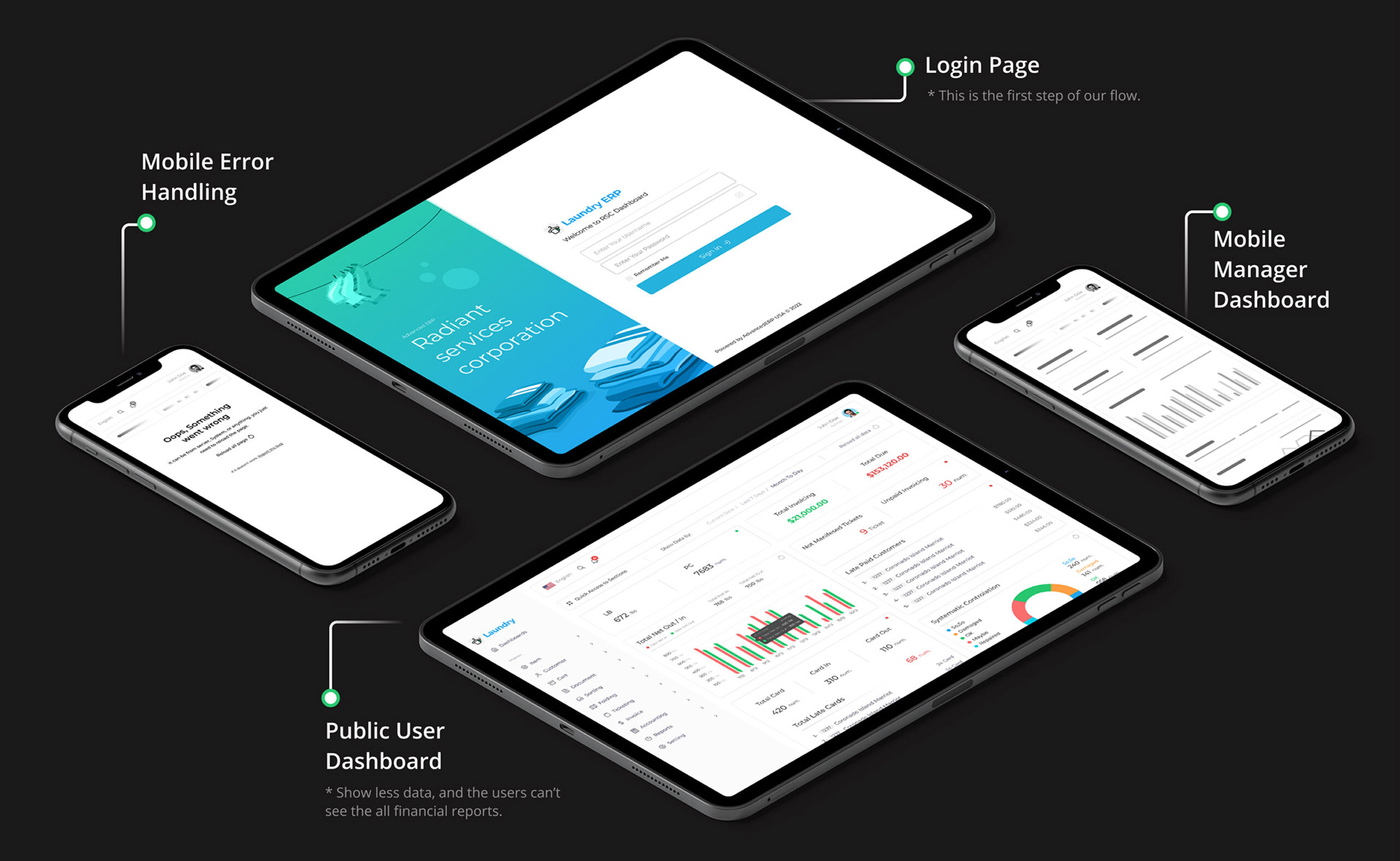
RESEARCH METHODS
MARKET RESEARCH
The research conducted by EPR solutions highlighted the prevalent use of old local systems within the industry. Consequently, our approach emphasizes particular attention to visualization techniques and the implementation of a universal design language. This focus aims to ensure compatibility with existing systems while enhancing the visual elements to facilitate ease of use and accessibility across various platforms, accommodating both traditional and modern software preferences.
USABILITY TESTING
Due to limited research resources, I conducted an in-house usability test, collaborating with experts to develop a protocol and analytical mechanism for evaluating results. This hands-on approach allowed for a tailored assessment of the system's usability, ensuring a methodical analysis despite resource constraints
RESULTS
The enhanced total dashboard now prioritizes industry-relevant data, following a well-organized hierarchy for optimal user understanding. Addressing the prevalent issue of slow data loading, user feedback prompted a restructuring at the database connection level during mid-fidelity prototype testing. This separation allows users to reload data selectively, refining the system's performance.
With distinct programming and data hierarchies tailored for managers and users, the system efficiently presents comprehensive and competitive data sets. To mitigate potential long-term errors, we've implemented a feedback mechanism enabling users to communicate with developers, report issues, and suggest improvements, ensuring ongoing refinement and user-centric enhancements.
